Intro To 'mktemp' Command In Linux
2023-05-13 - By Robert Elder
Using 'mktemp' To Create Temporary Files
I use the 'mktemp' command to create temporary files:
mktemp
When I run the 'mktemp' command like this:
mktemp
it will create an empty file and then print the new file's location:
/tmp/tmp.Xga0YnlUyC
ls -l /tmp/tmp.Xga0YnlUyC
-rw------- 1 robert robert 0 May 11 15:48 /tmp/tmp.Xga0YnlUyC
Using 'mktemp' To Create Temporary Files In Other Directories
By default, the empty file will be created in the '/tmp' directory, but you can use the '-p' flag to specify another directory:
mktemp -p /home/robert/important
/home/robert/important/tmp.7hmhLN9sGO
Now, checking the directory '/home/robert/important', you can see that the temp file was created in this location:
ls -l /home/robert/important
-rw------- 1 robert robert 0 May 11 16:10 tmp.7hmhLN9sGO
Example Use Case Of 'mktemp' - Creating Receipt Documents
The 'mktemp' command is particularly useful for writing automated scripts. For example, here, I've made a script that generates receipt documents:
#!/bin/bash
TMP_PS_FILE=$(mktemp -p ./)
echo "Using TMP_PS_FILE=$TMP_PS_FILE"
echo "What is the product price?"
read price
echo "What is the product quantity?"
read quantity
echo '%!PS' >> $TMP_PS_FILE
echo '/Courier 30 selectfont' >> $TMP_PS_FILE
echo '100 400 moveto' >> $TMP_PS_FILE
echo '(Robert Elder Software Inc.) show' >> $TMP_PS_FILE
echo '100 500 moveto' >> $TMP_PS_FILE
echo "(QTY: $quantity @\$${price}.00) show" >> $TMP_PS_FILE
echo '100 600 moveto' >> $TMP_PS_FILE
echo '(Thank You. Come again.) show' >> $TMP_PS_FILE
echo 'showpage' >> $TMP_PS_FILE
ps2pdf "$TMP_PS_FILE" "$TMP_PS_FILE.pdf"
rm "$TMP_PS_FILE"
echo "Pdf receipt is found at $TMP_PS_FILE.pdf"
This script uses the 'mktemp' command to generate a temporary file that will store a PostScript document describing our receipt. The script then transforms the PostScript document into the PDF document that we want. The temporary PostScript file is then deleted.
Let's try running this script now:
./receipt-generator.sh
and then enter the following values when prompted:
69
420
The temporary file has now been deleted, and the resulting receipt document can be seen here:
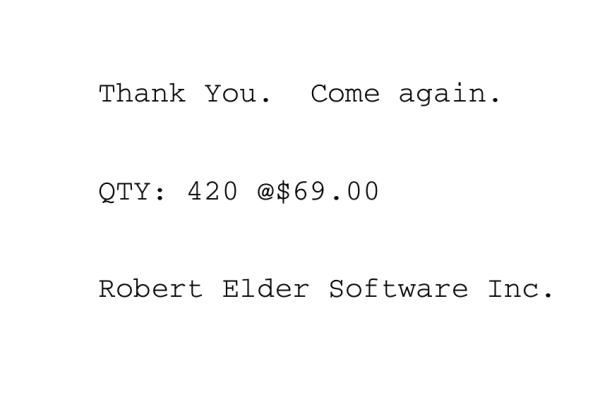
And that's why the 'mktemp' command is my favourite Linux command.
 Intro To 'stty' Command In Linux
Published 2023-10-04 |
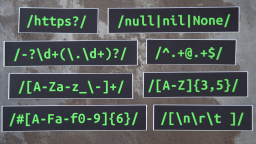 Buy Now -> |
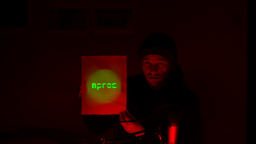 Intro To 'nproc' Command In Linux
Published 2023-07-15 |
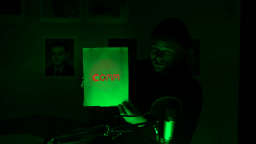 Intro To 'comm' Command In Linux
Published 2023-09-06 |
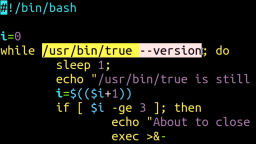 How To Force The 'true' Command To Return 'false'
Published 2023-07-09 |
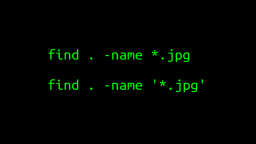 A Surprisingly Common Mistake Involving Wildcards & The Find Command
Published 2020-01-21 |
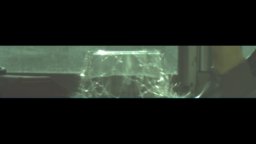 A Guide to Recording 660FPS Video On A $6 Raspberry Pi Camera
Published 2019-08-01 |
 Intro To 'chroot' Command In Linux
Published 2023-06-23 |
| Join My Mailing List Privacy Policy |
Why Bother Subscribing?
|